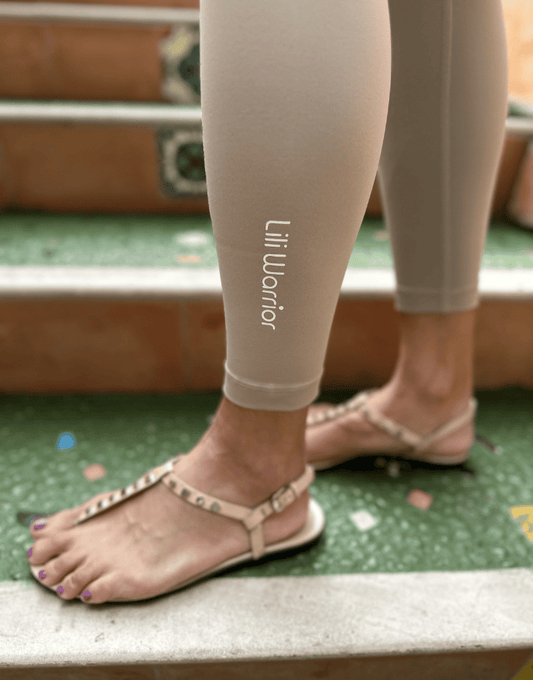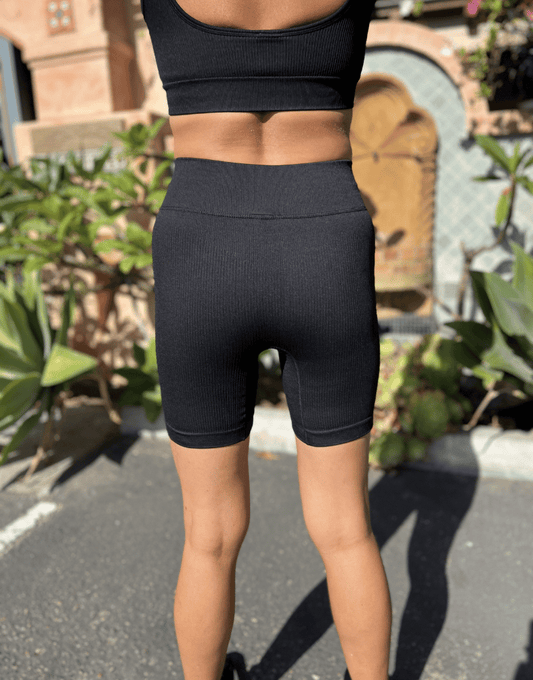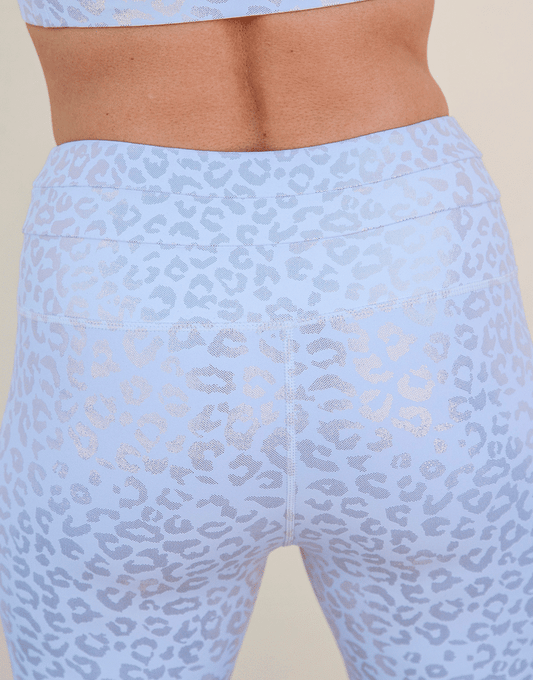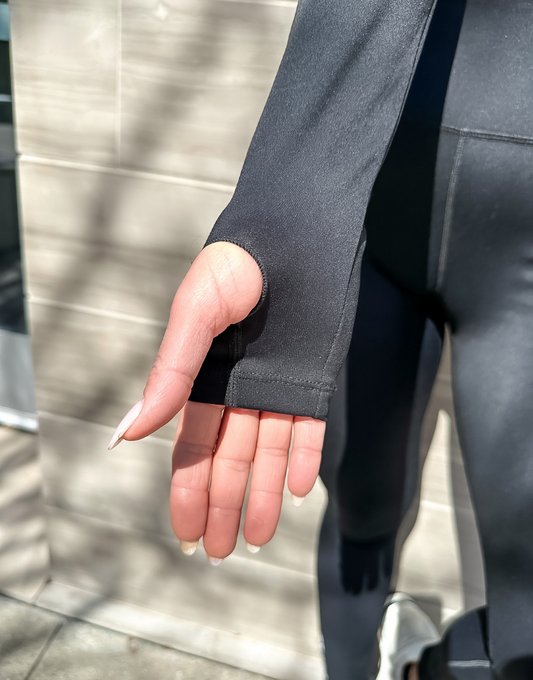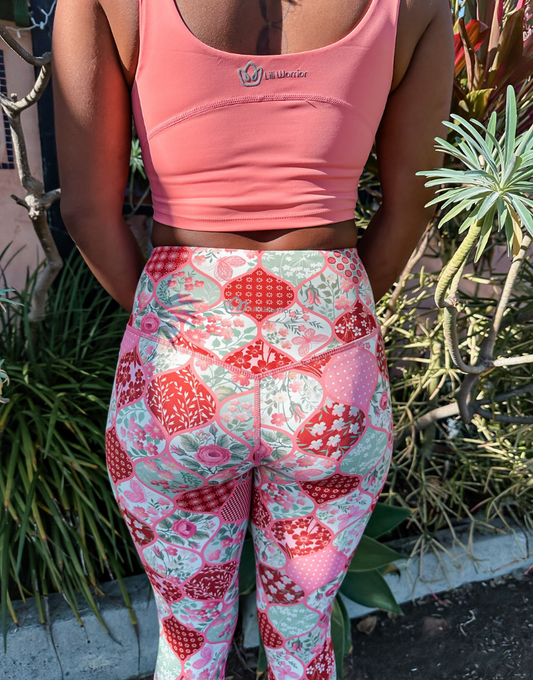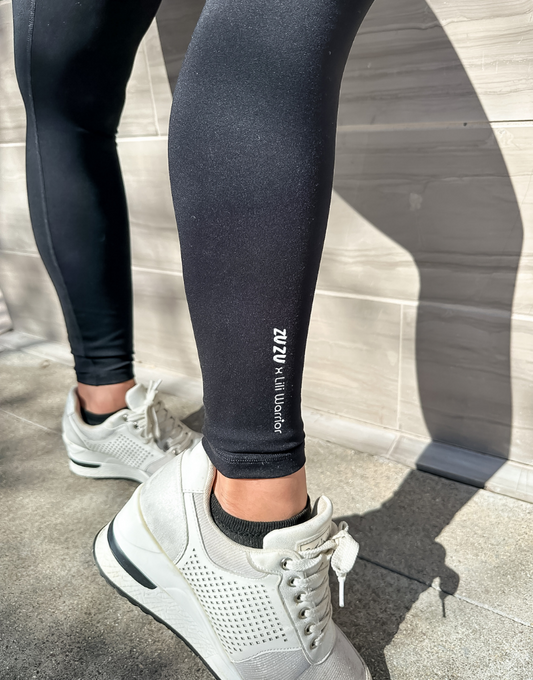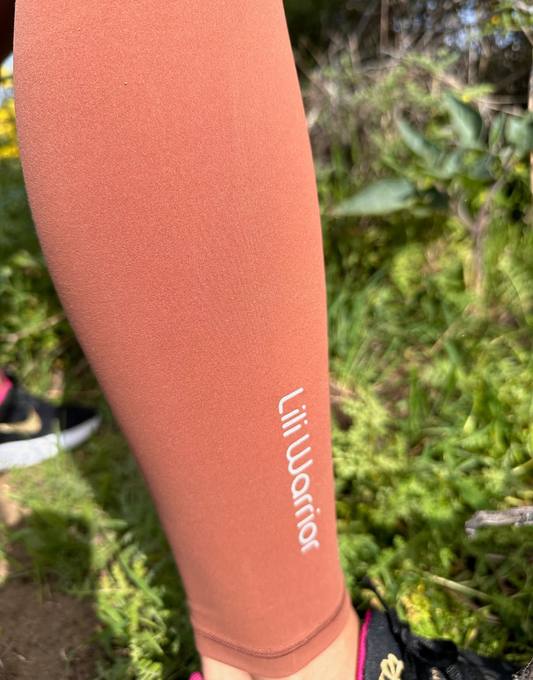How do you recycle polyester?
Polyester recycling: a key process for more sustainable fashion
Polyester is one of the most widely used fibers in the fashion industry due to its durability, strength and relatively low cost. However, being a synthetic fiber derived from petroleum, polyester poses significant environmental challenges. Fortunately, polyester recycling offers a solution to reduce these impacts. Here's how the polyester recycling process works, from collecting materials to transforming them into new products.
1. Collection of materials
The first step in recycling polyester is to collect the used materials. This includes not only end-of-life clothing, but also other products like PET plastic bottles, which are a major source of recycled polyester. Collection points vary, from recycling containers in communities to specific programs set up by brands or retailers.
2. Sorting and preparation
Once collected, polyester materials are sorted based on color and type. Clothing and other textiles are often sorted manually, while plastic bottles can be processed by optical sorting machines. This sorting is crucial because it separates the polyester from other fibers and contaminants.
3. Grinding and granulation
The sorted polyester items are then ground into small pieces or flakes. In the case of PET bottles, this also includes the removal of labels and caps. The flakes are then melted and extruded in the form of granules, which will serve as raw material for the manufacture of new polyester yarns.
4. Spinning
Recycled polyester pellets are melted and spun into new yarns, in a process similar to that used for virgin polyester. These yarns can be used alone or blended with other fibers, whether virgin or recycled, to make a variety of textiles.
5. Manufacturing of new products
The recycled polyester yarn is then woven or knitted to create new fabrics, which will be transformed into a multitude of products, from clothing to other items like backpacks or furniture upholstery. Recycled polyester is particularly popular in segments where durability and water resistance are important.
6. Challenges and perspectives
Although recycling polyester is a major step toward more sustainable fashion, it does present challenges. The quality of recycled polyester can vary, and the recycling process itself consumes energy and resources. In addition, mechanical recycling of polyester can ultimately degrade the quality of the fibers.
Despite these challenges, recycling polyester is an essential approach to reducing waste, saving resources and reducing dependence on oil.
By supporting recycling initiatives and choosing products made with recycled polyester, consumers can help push the industry toward more sustainable practices.
With technological advances and growing awareness, the future of polyester recycling looks promising for fashion that respects our planet.
Jusqu'à -70%

LiliWarrior Protector menstrual thong (pack of 3 period thongs)

LACEYE menstrual panties (pack of 3 period panties)

TEDDY - Vegan down jacket

Fitness bra CLASSIC BLACK

Forest Green Shapewear fitness bra

Monaco Long bohemian dress with lace and ruffles, 3/4 sleeves

ALASKA: Round-neck sweatshirt in very soft fleece
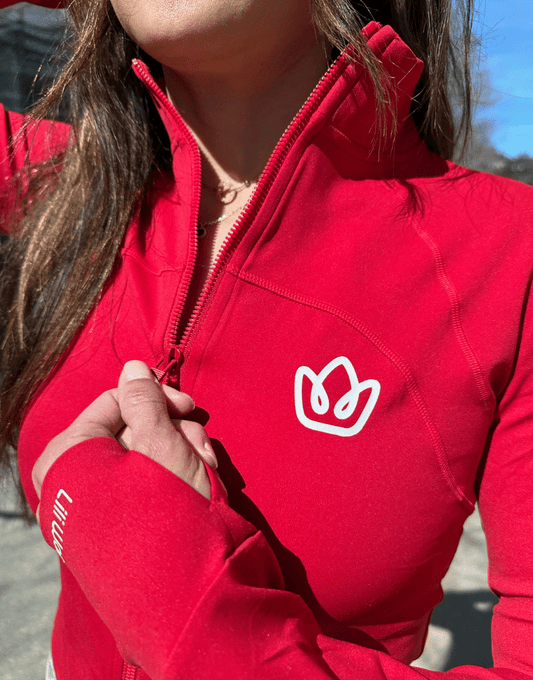
Fitness Cherry technical jacket

CRUX White knotted tank top in bamboo and organic cotton

Unicorn Sustainable shaping leggings for adults or children

Nautica – covering and shaping fitness bra
Jusqu'à -60%

Moon shaping fitness bra

FITNESS COUTURE Shaping fitness bra

Sustainable Shaping Leggings MANDARINE

MANDARINE Sheathing bra with braided back

RED KISS Shapewear bra with bow and neckline

COBRA QUEEN Bronze - Maximum Support Bra

COBRA QUEEN Silver - Maximum Support Bra

BALI - fitness & yoga crop top with sleeves
Jusqu'à - 50%

BALI - flat stomach fitness & yoga leggings

FITNESS COUTURE shaping fitness cyclist

Orange Zen Namaste: Yoga & Meditation leggings
Jusqu'à -40%
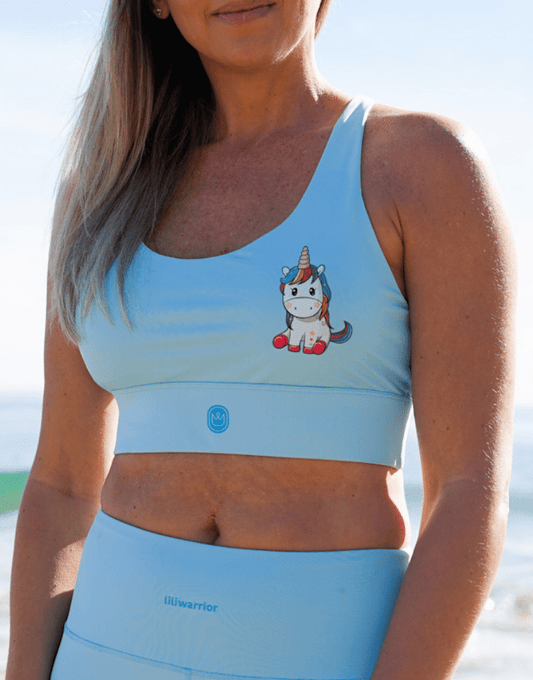
Unicorn Sustainable bra for Adult or Child

RED KISS Shaping shorts with pockets

Orange Zen Namaste Yoga & Meditation Bra
Iconic: Upcycled denim jacket with removable hood

MONTANA: Round-neck sweatshirt in very soft fleece

Fiji Sports shorts with anti-chafing lining

Zuzu Sustainable fitness & dance shaping bra

VALENTINE Sublimating Shaping Leggings

SUNSET Sublimating Shaping Leggings
Jusqu'à -30%

Organic and biodegradable bamboo sunglasses

LiliWarrior: 100% eco-friendly sports t-shirt

NoExcuses: 100% eco-friendly sports t-shirt

Unstoppable: 100% eco-friendly sports T-shirt

THE NAVY: slate blue summer fitness shorts

Zuzu Sustainable fitness & dance shaping leggings

Alpaca - organic cotton round neck sweatshirt

ALLURE super comfortable eco-friendly stretch pants

TRAVEL LOVER Adult or Child Leggings
Jusqu'à -20%

Roxy & Kelly - emerald or orange handmade silk scarf

Zephyr lightweight windproof fitness zipped jacket with pockets

Chemise Serena en coton bio - blanche

TAHITI : sustainable one piece bathing suit

Monoi: sustainable bikini

TERRACOTTA Sustainable shaping leggings

Sakura: shaping fitness top
🌈 Nos Collections Favorites 🌈

SHADOW – Full-coverage fitness outfit and leggings with pockets

PETAL Black - Fitness outfit shorts and bra

PETAL Rose - Fitness outfit shorts and bra

Unstoppable technical sports t-shirt

Ibiza Swimsuit – Top + Bottom + Ultra-Light Pareo

Riviera one-piece shaping swimsuit

Garance Shaping and enhancing fitness outfit

MOOREA: Ultra-Shaping & Flattering Set


























